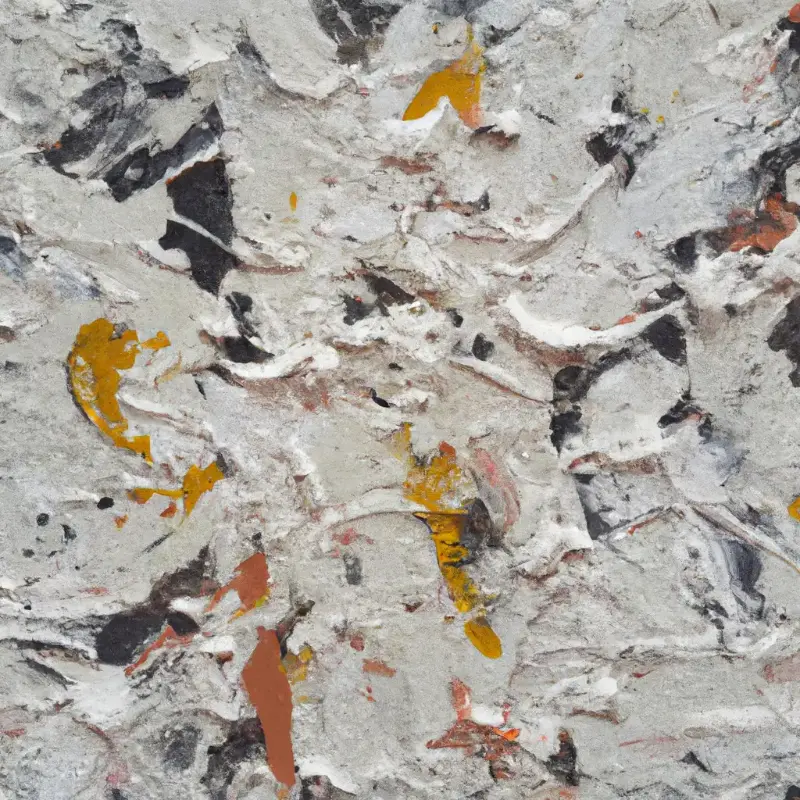Psychoanalysis and Art: Exploring Inner Worlds

Discover the fascinating connection between psychoanalysis and art, as they intertwine to reveal the hidden realms of the human mind, captivating the curious.
🎨🖼️🖌️👁️🗨️🧠🛋️🎭🩰🎶👩🎨
5 Key Intersections of Psychoanalysis and Art #
- The Unconscious Mind as a Canvas
- Influence: Psychoanalytic theories of the unconscious
- Medium: Dreams, symbols, and metaphors in art
- Technique: Surrealist methods like automatism
- Catharsis Through Creation
- Influence: Emotional release and trauma processing
- Medium: Art therapy practices
- Technique: Spontaneous and expressive art-making
- The Artist's Inner Psyche
- Influence: Freudian and Jungian analysis of the artist's mind
- Medium: Personal narratives and introspection in artwork
- Technique: Symbolic self-portraiture and personal iconography
- Archetypes and Collective Unconscious
- Influence: Jung's concepts of universal symbols
- Medium: Mythological and cultural motifs in art
- Technique: Use of folklore and ancient narratives
- Transference and Countertransference
- Influence: Emotional projection between analyst and patient
- Medium: Interactive art and audience engagement
- Technique: Art that requires active interpretation or participation
Exploring Inner Worlds: A Deeper Look into Psychoanalysis and Art #
Art and psychoanalysis share a profound connection; both explore the depths of human experience and the intricacies of our inner worlds. This connection has manifested in various forms throughout history, leading to a rich interplay between these two spheres of human endeavor.
The Unconscious Mind as a Canvas #
The surrealist movement brought to the forefront the concept that art could be a direct manifestation of the unconscious mind. Artists like Salvador Dalí and André Breton used techniques such as automatism to bypass conscious thought and tap into the realm of dreams and the subconscious. In doing so, they created visual representations of psychic landscapes, fraught with symbols and metaphors that often required psychoanalytic interpretation to unravel their meanings.
Catharsis Through Creation #
Art therapy emerged as a field where psychoanalysis and art converge with therapeutic intent. By engaging in the act of creation, individuals can experience catharsis—a release of pent-up emotions or the processing of trauma. This aligns with psychoanalytic approaches to healing, where bringing repressed emotions to the surface is considered a pathway to recovery.
The Artist's Inner Psyche #
Both Freud and Jung spent considerable time analyzing the psyches of artists, seeking to understand the personal narratives and psychological complexities that fueled their work. This introspection often manifests in the form of symbolic self-portraiture or the use of personal iconography, where the artist's own dreams, fears, and desires become the subject matter.
Archetypes and Collective Unconscious #
Jung's theory of the collective unconscious postulated that there are universal symbols and motifs shared across cultures and historical periods. Artists often tap into this wellspring of archetypes, bringing forth images that resonate on a deep, collective level. This use of mythological and cultural motifs helps bridge individual expression with universal human experience.
Transference and Countertransference #
In the psychoanalytic setting, transference and countertransference refer to the projections that occur between the analyst and the patient. In the realm of art, these concepts translate into the interactions between the artist, the artwork, and the audience. Art that elicits strong emotional responses or requires active engagement can create a dynamic where the viewer projects their own feelings onto the work, making the experience both personal and shared.
Conclusion #
The intersections of psychoanalysis and art provide a multifaceted lens through which we can better understand ourselves and others. Through the exploration of the unconscious, emotional catharsis, personal introspection, collective narratives, and interactive experiences, art continues to serve as a valuable companion to psychoanalytic thought. As we engage with these inner worlds, we gain insights into the vast complexities of the human condition. For those interested in delving further into this topic, the Encyclopedia Britannica offers a comprehensive examination of art as an expression, tying it closely to the philosophical underpinnings of psychoanalytic theory.